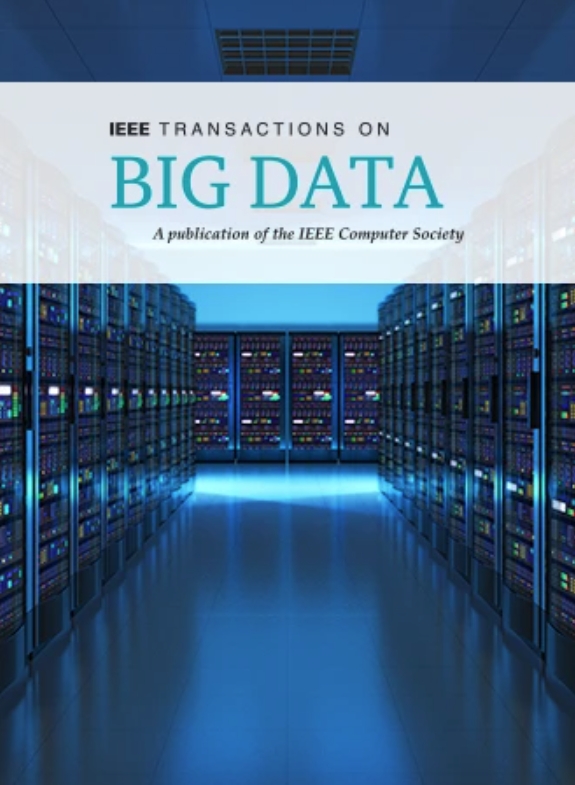Can Rumor Detection Enhance Fact Verification? Unraveling Cross-Task Synergies Between Rumor Detection and Fact Verification
IF 7.5
3区 计算机科学
Q1 COMPUTER SCIENCE, INFORMATION SYSTEMS
引用次数: 0
Abstract
Recently, rumor detection (fake news detection) has seen a surge in research interest, and fact verification (fake news checking) has simultaneously become a significant research aspect. Despite the inherent distinction between fact verification and rumor detection – the former being a three-category task and the latter a binary one – there has yet to be in-depth exploration into the synergies between these two tasks. Furthermore, given the severe scarcity and the time-consuming and costly construction nature of fact verification datasets, few-shot/zero-shot fact verification methods are particularly favored. To tackle these challenges, we conduct a series of studies around “How can rumor detection enhance few-shot fact verification, and to what extent?”. Specifically, we systematically investigate the knowledge transferability between the two tasks, proposing a framework, Det2Ver, that is applicable to both rumor detection and fact verification. Through the construction of adaptive prompt templates and prompt-tuned LLMs like T5, Det2Ver structural-level synchronizes the two tasks and utilizes the external knowledge from rumor detection to reinforce fact verification task. We demonstrate the significance and effectiveness of Det2Ver. Through the few-shot/zero-shot experiments on three widely-used datasets, compared to other LLMs prompt-tuning baselines, the Det2Ver for cross-task knowledge augmentation brings a significant improvement in macro-F1 for fact verification.谣言检测能增强事实验证吗?揭示谣言检测和事实验证之间的跨任务协同作用
近年来,谣言检测(假新闻检测)的研究兴趣激增,事实验证(假新闻检查)也同时成为一个重要的研究方向。尽管事实验证和谣言检测之间存在着内在的区别,前者是一个三类任务,后者是一个二元任务,但这两个任务之间的协同作用尚未得到深入的探讨。此外,考虑到事实验证数据集的严重稀缺性、耗时和昂贵的构建性质,少射/零射事实验证方法尤其受到青睐。为了应对这些挑战,我们围绕“谣言检测如何增强少量事实验证,以及在多大程度上增强?”进行了一系列研究。具体来说,我们系统地研究了这两个任务之间的知识可转移性,提出了一个既适用于谣言检测又适用于事实验证的框架Det2Ver。Det2Ver通过构建自适应提示模板和T5等提示调优llm,在结构层面同步了这两个任务,并利用谣言检测的外部知识来强化事实验证任务。我们论证了Det2Ver的意义和有效性。通过在三个广泛使用的数据集上进行的few-shot/zero-shot实验,与其他llm的提示调优基线相比,用于跨任务知识增强的Det2Ver在用于事实验证的macro-F1上有了显著的改进。
本文章由计算机程序翻译,如有差异,请以英文原文为准。
求助全文
约1分钟内获得全文
求助全文
来源期刊

IEEE Transactions on Big Data
Multiple-
CiteScore
11.80
自引率
2.80%
发文量
114
期刊介绍:
The IEEE Transactions on Big Data publishes peer-reviewed articles focusing on big data. These articles present innovative research ideas and application results across disciplines, including novel theories, algorithms, and applications. Research areas cover a wide range, such as big data analytics, visualization, curation, management, semantics, infrastructure, standards, performance analysis, intelligence extraction, scientific discovery, security, privacy, and legal issues specific to big data. The journal also prioritizes applications of big data in fields generating massive datasets.
 求助内容:
求助内容: 应助结果提醒方式:
应助结果提醒方式:


